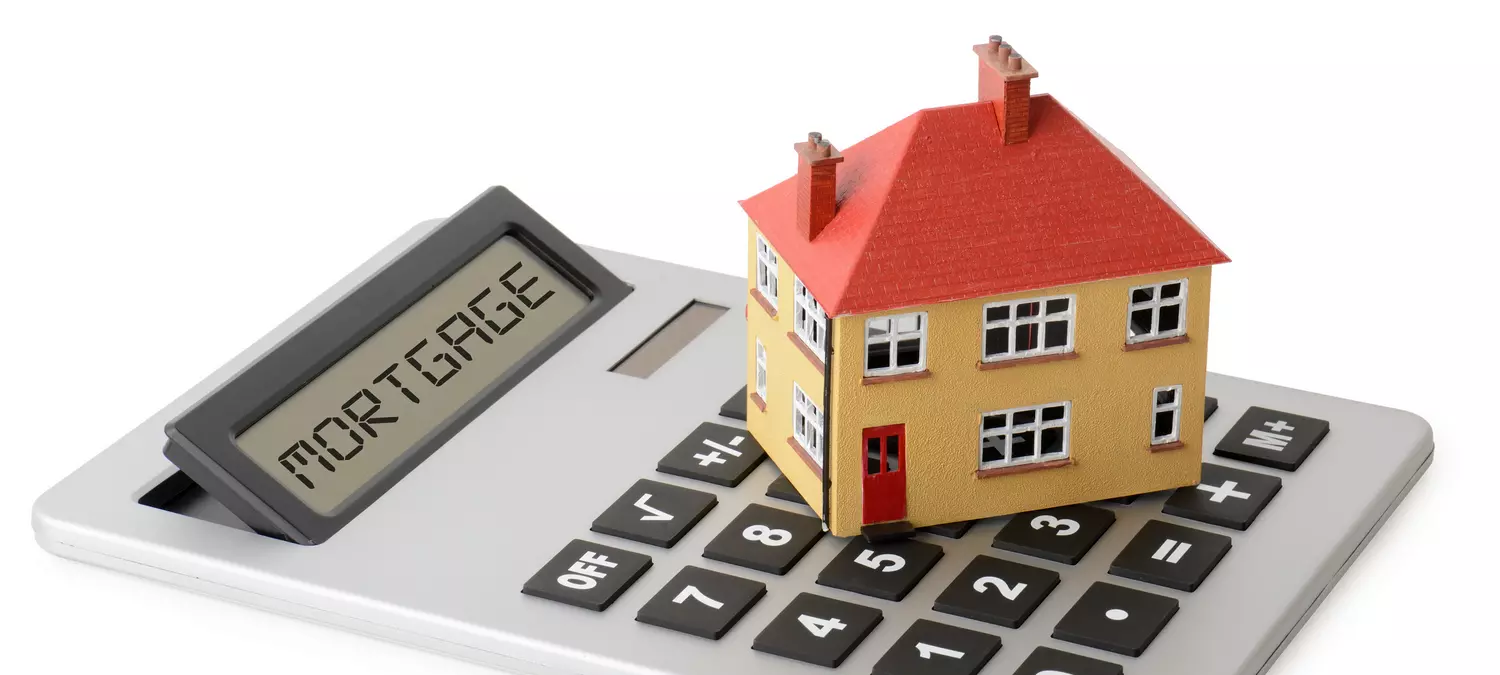Planning to buy property in the USA but find yourself short on funds to purchase your dream home? You can apply for a mortgage loan from one of the American banks.
Mortgages in the USA are a broad topic and cannot be fully covered in a brief post. However, let's focus on the main point — what makes American mortgages unique? Many Americans aren't even aware of their loan interest rate. This is all due to the adjustable-rate mortgage, which could be 2% today and jump to 5% the next month. Yet, it's more beneficial to use this rate in the initial years. There's also a fixed rate available — higher, but stable.
It's harder for foreigners to secure a mortgage — more documents are required, interest rates are higher, and there are no benefits. Be prepared to spend extra on insurance, commissions, property appraisal, and defect inspection. The chance of being denied a mortgage is low — every bank tries to attract as many clients as possible. And you can learn more about the history of lending in the USA, interest rates, and the mortgage application process in this article.
Obtaining a mortgage in America becomes much simpler with American Butler, whose specialists will provide guidance and support at every stage of securing a real estate loan.
The History of Mortgage Lending in the USA
Mortgage in America stands as an exceptionally reliable financial instrument, which, now more than ever, expands the opportunities for potential investors specializing in the real estate market. The origins of mortgage lending trace back to the Roosevelt era, in the 1930s. The trend of owning personal property surged, prompting the government to establish regulatory bodies — the Federal National Mortgage Association and the Housing Credit Corporation.
By the 1960s, half of the Mortgage Association's shares were put up for sale, available for purchase by anyone interested. Thus, the institution became semi-governmental, semi-private — even structurally divided into two. Citizens were responsible for its development, while the state regulated mortgage laws.
The number of mortgage loans grew — by 1980, 8.5 million families had utilized them, spending a total of 120 million dollars. A decade later, the funds issued by banks exceeded $3.5 trillion. Don't even attempt to count the zeros.
By the mid-2000s, the quality of loans declined as everything became streamlined. Let's skip the intricacies of risk-shifting and bond purchasing — that's what the movie "The Big Short" is for. But the outcome was straightforward — by 2007, many banks went bankrupt, and families stopped paying their mortgages as housing prices plummeted. Why pay $300,000 for a house now worth just $90,000, right?
Not only America suffered — countries that borrowed from such banks were also impacted. The financial pyramid built by speculators taught the USA a valuable lesson — now, securing a mortgage isn't as easy, and the responsibility for its non-payment is significantly higher.

Mortgage Conditions in the USA for Americans
A mortgage is a security for which you pay monthly for your home, and upon full payment, it becomes your property. If you stop paying, the house becomes the property of the bank, which can then sell it. While it's easier to obtain a mortgage in Europe, in the USA, it's easier to pay it off. Why? Let's find out.
Mortgage Features
Firstly, mortgage lending allows the purchase of any real estate — be it a private house, apartment or house — by spreading the payment over a convenient period for each client. In the USA, mortgage lending is more common than in other countries. Approximately 89% of all housing purchases are made on credit, with the down payment varying between 20-50% of the exact appraisal value of the property.
In the USA, mortgages are granted for up to 360 months with a fixed interest rate for the first five years, after which it is recalculated based on the LIBOR rate. For both individuals and legal entities, the mortgage contract processing time ranges from 24 to 60 working days.
If in 2008 real estate prices plummeted, they are now rising again — each year, the interest rate on loans increases by about 0.5-1%. In 2018, the average rate was 5%, with the borrowed amount being $100,000. This approach, in reality, only makes housing more accessible — as fewer people will decide to stop paying their mortgage midway through the term.
Interest Rates
There are two types of interest rates:
- 01. Fixed — the rate does not change throughout the loan term — 30-40 years;
- 02. Adjustable — 1-2% lower, but with higher risks — thus more beneficial for those who plan to pay off the loan within the first 3-5 years, before the rate spikes.
Applicant Requirements
The requirements for Americans to obtain a mortgage are as follows:
- Age between 25 to 75 years;
- Employment history of one year, preferably two, at the same job;
- Down payment (from 0 to 50% of the amount);
At this point, many of you might feel discouraged. However, there are opportunities for foreigners to obtain a mortgage as well. Just forget about the fantastical 5% rate.

Is it possible to live in America without health insurance?
Mortgage Options for Foreigners in the USA
Foreign nationals have access to mortgages in the USA under two types of interest rates: fixed and adjustable. To apply for this type of loan, it is necessary to translate all documents into English, secure insurance, and undergo several checks on the mortgage property. The interest rate on loans is influenced by many factors, from payment history to credit card limits, and can vary from 5% to 8%.
Requirements
You can qualify for a home loan if:
- 01. you permanently reside in the USA;
- 02. you have a green card;
- 03. you are working under a visa;
- 04. you live outside the USA.
It's not necessary to meet all four criteria; any one of them is sufficient. The first two categories have almost the same rights as native citizens: they benefit from reduced rates, privileges, no additional levies, and easier credit access.
For the rest, it's tougher — the bank associates too many risks with you. You'll need to immediately put down 25-50% of the property's value, 3-5% non-refundable bank commission, and then pay an additional 10% as interest. Plus, the loan amount will be capped at 2-3 million. That might be enough for you, but it won't allow for lavish spending. These conditions might even be worse than in your home country. And guess what? You might still get denied.
To process a mortgage in the USA, clients need to have an open account in an American bank and deposit an amount sufficient to cover the down payment, all insurances and fees, as well as monthly payments for the first year of the loan.
Recommendations
The main hurdle is proving financial solvency. And try proving that without an account in an American bank. You certainly can't open one remotely after the security measures post-September 11, 2001.
So, here's what to do:
- open an account in a US bank;
- apply for a loan there;
- undergo a credit history check;
- collect and submit all documents;
PROFIT — sign all the paperwork, and you can almost immediately move in. Or you might get denied again, but then the issue is with your credit history or documents.

Documents Required for a Mortgage
Requirements vary from state to state, but banks typically need:
- Passport;
- Property documents;
- A recommendation letter from any Russian bank stating you are a responsible borrower (which might not be provided);
- Proof of employment;
- Proof of residence (utility bills are sufficient);
- A statement from an American bank account showing you have enough funds for the down payment, commission, and a reserve for one year.
All documents must be in English; consider hiring a translator if necessary. Applications are reviewed within a month. A fee of up to $400 may be charged for the document verification process.
If you have a work visa, it's best to apply for a loan from the Federal Housing Administration right away. In this case, you don't need to show your credit history.

What to Remember
Future borrowers should be aware that challenges can arise at any stage. Thus, it's best to prepare for some of them in advance.
- 01. Set aside money for the appraisal (up to $500) and home insurance (1-2% of the value). This is crucial — you wouldn't want to end up with a house that creaks and cracks, and this way, you'll immediately identify any defects.
- 02. The more documents you submit, the lower your monthly payment will be.
- 03. Keep in mind that on average, you'll need to pay $700-1000. Plus utilities at $100-200. Can your salary cover it?
- 04. If it can't, there's refinancing. This is a loan with a reduced rate used to cover the old credit. But it's better not to resort to it unless necessary.
- 05. The bank considers not only your salary but also passive incomes: from rent payments if you lease out a property to pension savings.
If mortgages are new to you, then for the proper preparation of all documents, it's best to trust the specialists at American Butler. The company's clients receive the best selection on the current real estate market and bank interest rates. All work is conducted within the legal norms of American legislation, and specialists fluent in Russian will help you understand all the clauses of loan agreements.







































